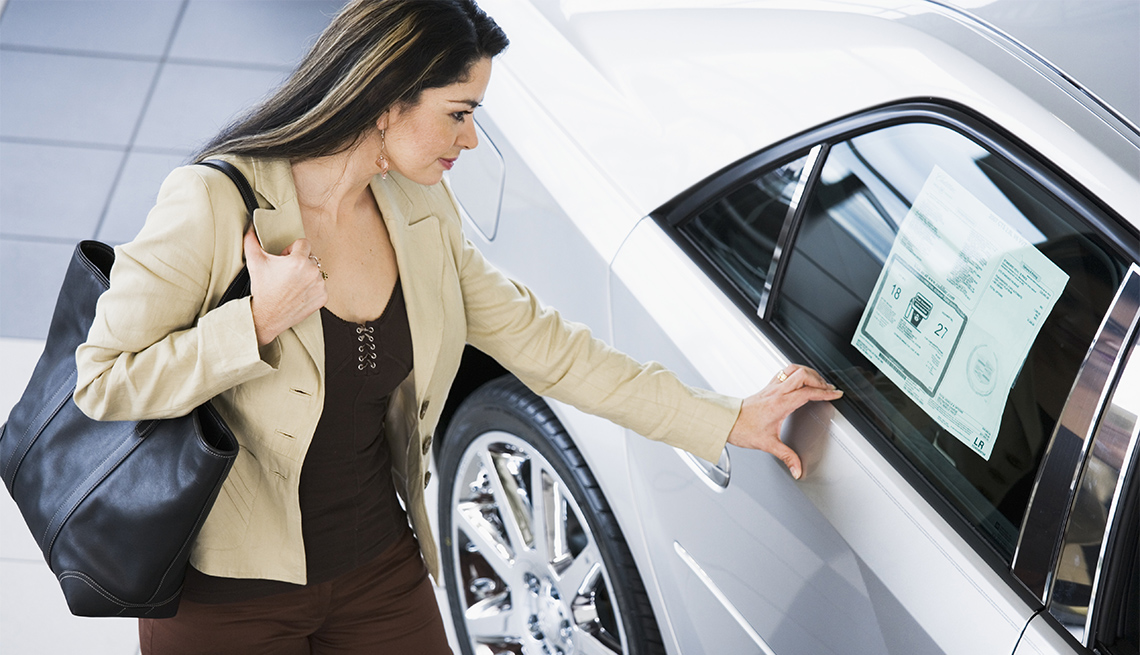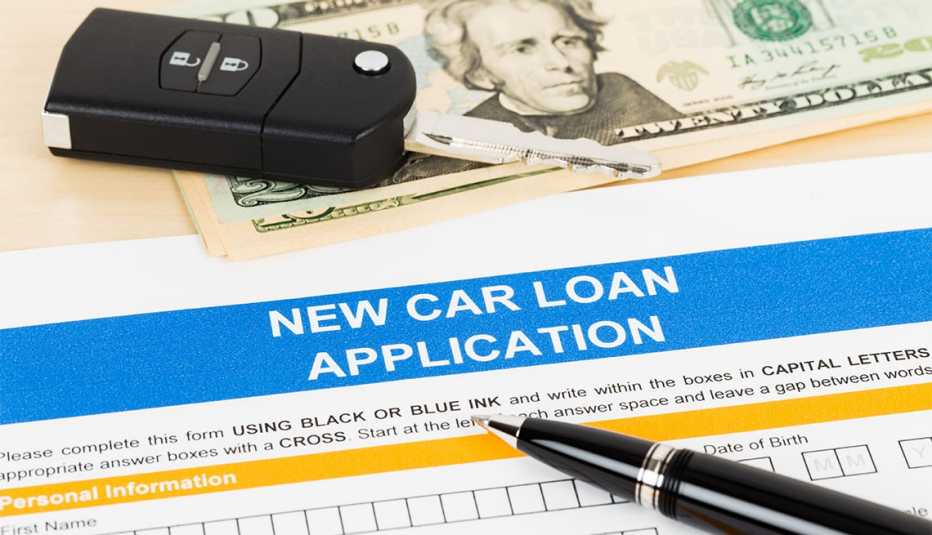AARP Hearing Center
Car buyers face a classic dilemma right now — should you buy a new or used vehicle? — but one that now comes with a decidedly modern twist. Current car shortages caused by the pandemic are affecting both the new and used car markets as well as the decision-making process when it comes to shopping. So what to do? Here are a few things to consider when weighing the options.
New car factors
Your new car loses about 10 percent of its value the minute you drive it off the dealer's lot. Nothing horrible has happened to it once you drive away, but it's just no longer considered a new car once it's out of the dealer's name. It's an instant used car, only worth what a dealer would pay at an auction or what a used car buyer would give you, rather than the retail price you just forked over.
This year, you very well might have spent extra for that new vehicle — more than 12 percent of consumers forked out more than the sticker price for a new vehicle compared to last year. That's the highest since at least 2002, according to an April tally by Edmunds.com, an auto research and car-shopping site.
Blame it on a shortage of microchips needed to run many of the features and systems in today's vehicles. Automakers cut back production of vehicles when the pandemic started torpedoing demand, and chip makers found other outlets for their wares — computers, games and other items that became more popular as people stayed at home.
The result was a disruption in the production of cars and a spike in price.
"New vehicles — particularly new trucks and SUVs — are basically the 2021 equivalent of toilet paper and hand sanitizer a year ago,” according to a statement from Jessica Caldwell, Edmunds’ executive director of insights. In other words, in high demand. “Consumers seem to be a bit more accustomed to paying more for goods in the past year, and new vehicles are no exception.”
The value of used cars
So, is it better to go with a used vehicle?
Used cars generally are rising in value right now, not falling, so you might not find a bargain there either. In fact, iSeeCars.com analyzed its database of more than 470,000 “lightly used” 2019 and 2020 cars listed for sale in June 2021 and found some cars were actually listed at a higher cost than when they were new.
On average, the analysis found that the average lightly used car cost about 3 percent less than a new version.






































































